Overwintering Juniper
treebarb Z5 Denver
14 years ago
Related Stories
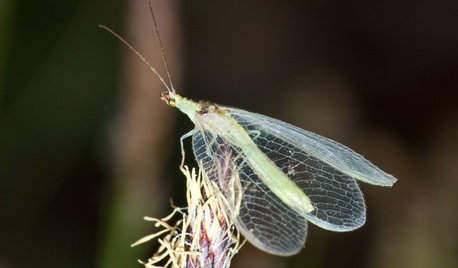
GARDENING GUIDESLook Out for Lacewings: Beneficial Insects Coming to a Garden Near You
Lacewings are delicate insects that produce alligator-like, hungry offspring that devour aphids and other garden pests
Full Story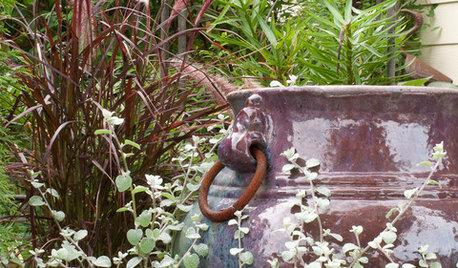
PLANTING IDEASGreat Garden Combo: Silver Sparkles Amid Purple and Blue Foliage
Get the look of this modern foundation planting by focusing on a restrained color palette with tasteful accents
Full Story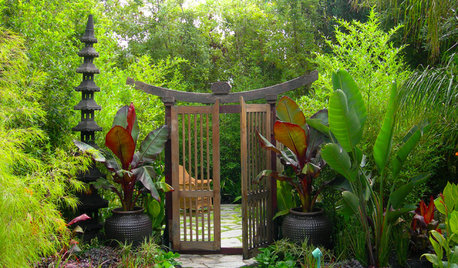
CONTAINER GARDENS10 Ways to Take Containers Beyond the Patio
Enliven your landscape with pots and containers
Full Story
GARDENING GUIDES6 Plants That Beat Butterfly Bush for the Wildlife Draw
It's invasive, a nonnative and a poor insect magnet. Check out these better alternatives to butterfly bush in the garden
Full Story
GARDENING GUIDESLessons in the Rewards of Selfless Gardening
Let go of gardening for your own vision and watch the garden’s own true vision come forth
Full Story
FALL GARDENING6 Trees You'll Fall For
Don’t put down that spade! Autumn is the perfect time for planting these trees
Full Story
GARDENING FOR BUTTERFLIESGarden for Wildlife to Reap Rich Rewards
When you plant with animals and insects in mind, you make gardening easier, the planet healthier and yourself more present
Full Story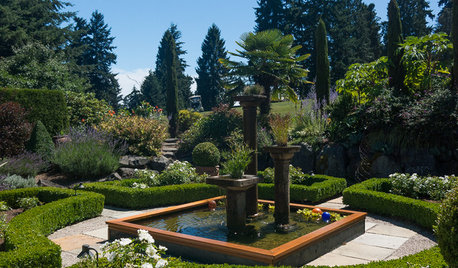
LANDSCAPE DESIGNGet a Mediterranean-Style Garden Even Far From the Sea
Some lavender here, a water feature there, and your garden just might feel transported to a balmy seaside locale
Full Story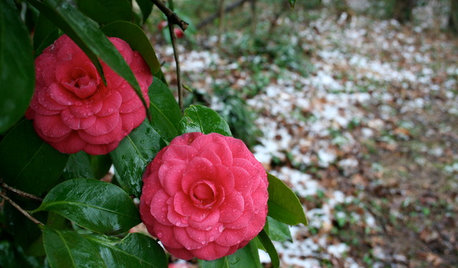
GARDENING GUIDESSoutheast Gardener's November Checklist
You're probably on top of planting bulbs, but don't forget to keep an eye on frost and drain your mower's gas tank
Full Story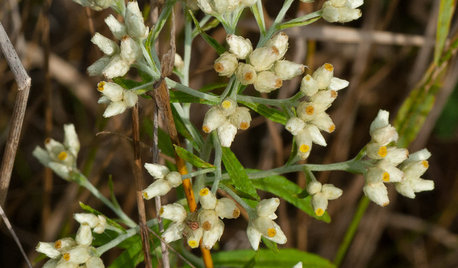
GARDENING GUIDESGreat Design Plant: Pseudognaphalium Obtusifolium, or Rabbit Tobacco
This late-blooming native annual, also known as sweet everlasting, adds spontaneity to landscapes in the eastern United States
Full StorySponsored
Custom Craftsmanship & Construction Solutions in Franklin County
More Discussions








Jack Reynolds
treebarb Z5 DenverOriginal Author
Related Professionals
Windham Landscape Architects & Landscape Designers · Avocado Heights Landscape Contractors · Waipahu Landscape Contractors · Winchester Landscape Contractors · Winter Gardens Landscape Contractors · Goldenrod Landscape Contractors · Braintree Decks, Patios & Outdoor Enclosures · Diamond Bar Decks, Patios & Outdoor Enclosures · Frisco Decks, Patios & Outdoor Enclosures · Green Bay Decks, Patios & Outdoor Enclosures · Kansas City Decks, Patios & Outdoor Enclosures · Reisterstown Decks, Patios & Outdoor Enclosures · Schaumburg Decks, Patios & Outdoor Enclosures · Tomball Decks, Patios & Outdoor Enclosures · West Palm Beach Decks, Patios & Outdoor Enclosuresorganic_mrbest
treebarb Z5 DenverOriginal Author
tapla (mid-Michigan, USDA z5b-6a)
treebarb Z5 DenverOriginal Author
tapla (mid-Michigan, USDA z5b-6a)
treebarb Z5 DenverOriginal Author
beachplant
tapla (mid-Michigan, USDA z5b-6a)
treebarb Z5 DenverOriginal Author
tapla (mid-Michigan, USDA z5b-6a)
treebarb Z5 DenverOriginal Author